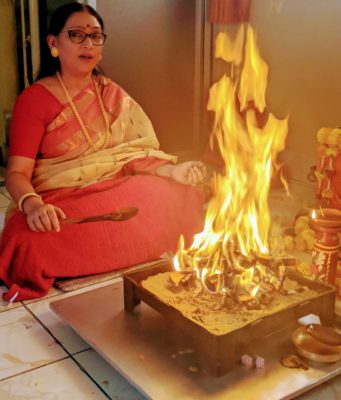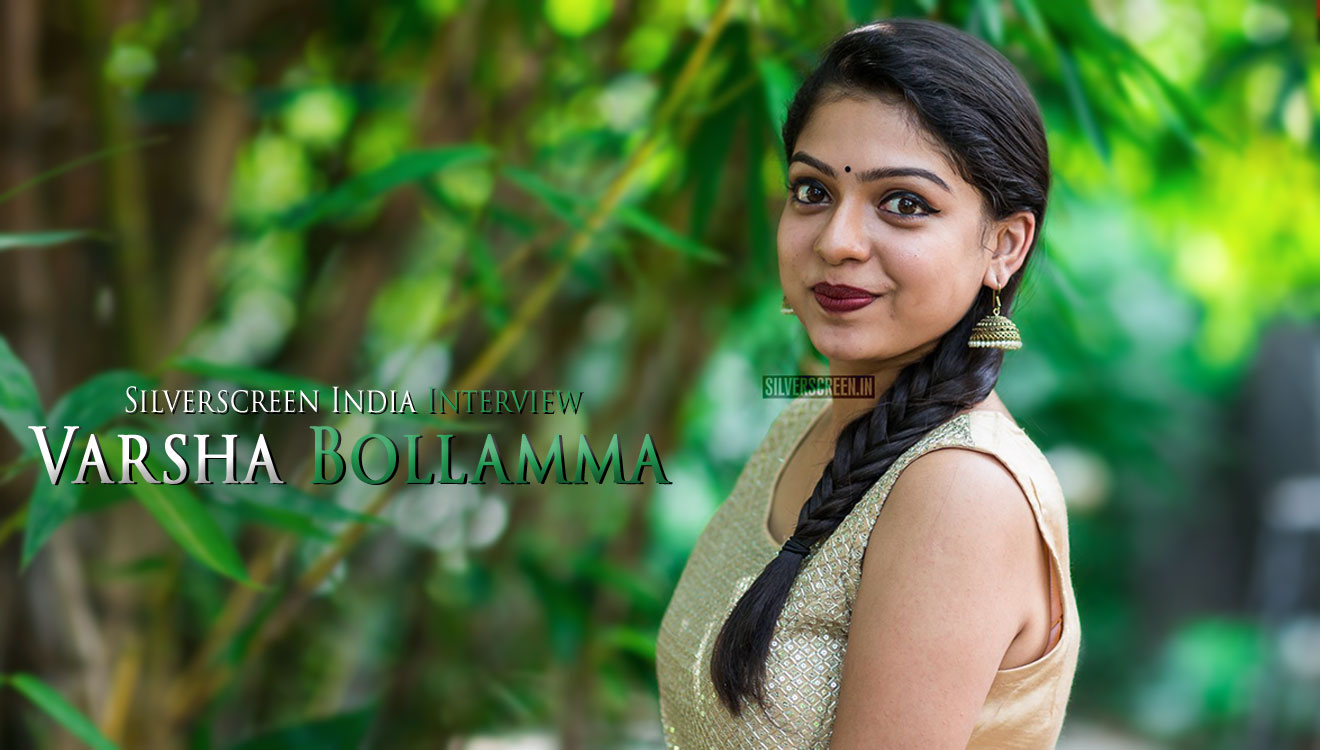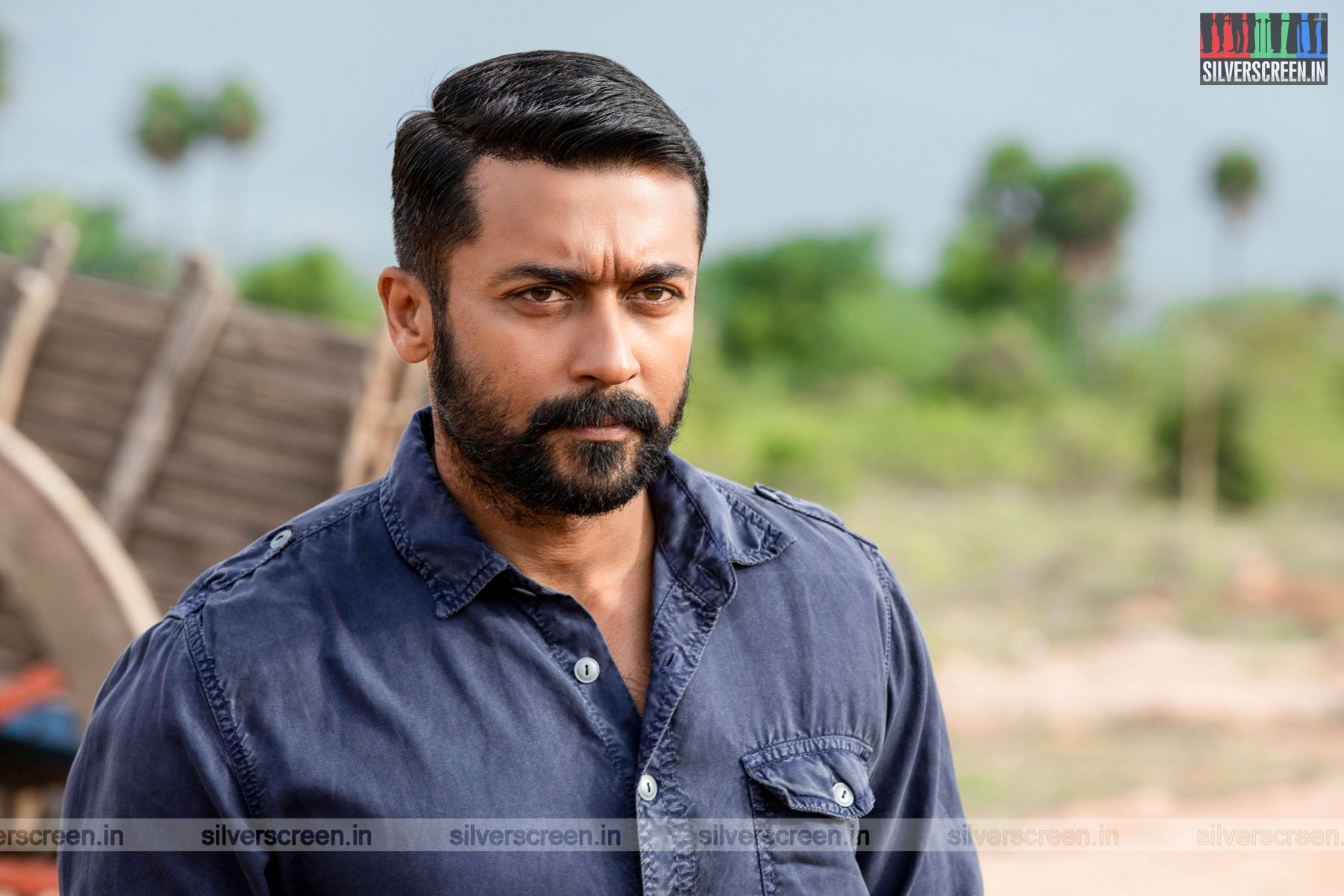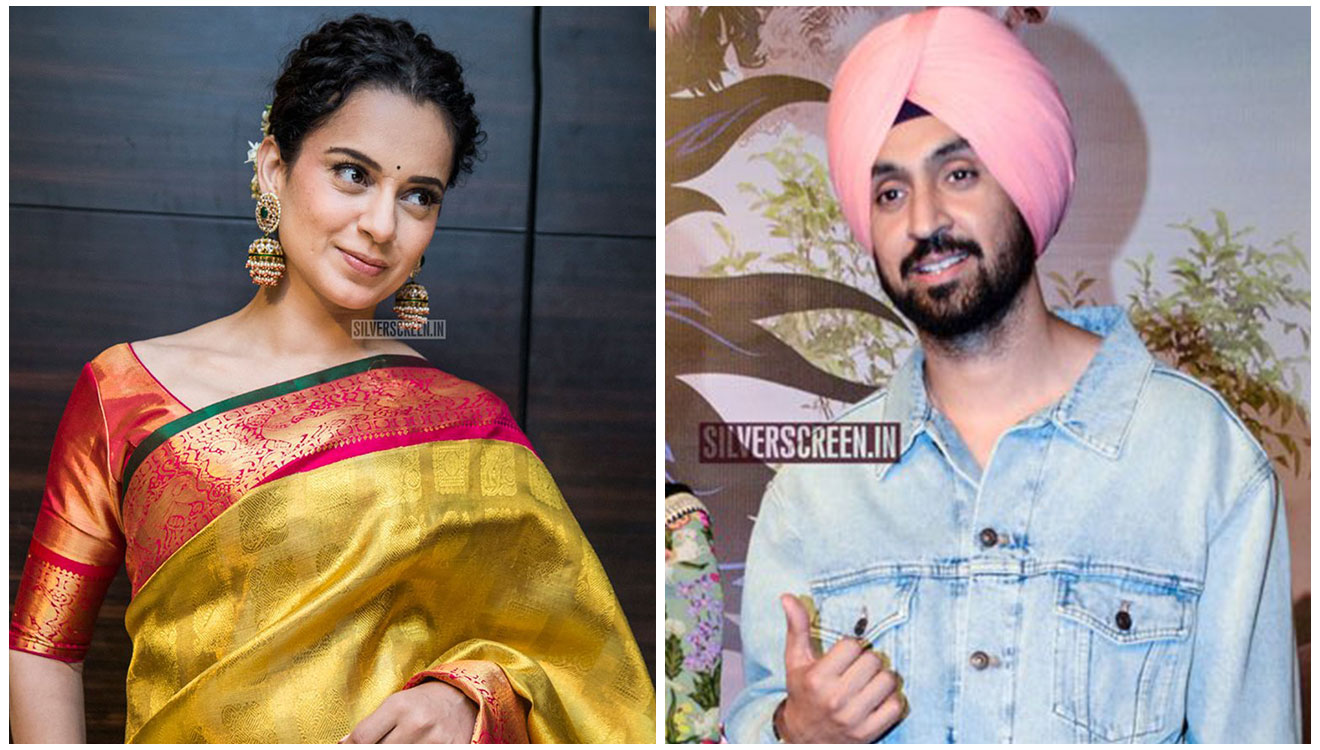It’s been a long and tiring day for priestess Nandini Bhowmik.
She has been shuffling between performing rituals during the festive season and attending interview calls for Brahma Janen Gopon Kommoti, a Bengali film which re-released ahead of Durga Puja and which drew inspiration from her life.
The priestess says that she never anticipated this much fame.
“We never thought we’d receive such a response from people, let alone a movie based on our story. This is a lot,” she says.
Speaking to Silverscreen India, the priestess speaks about Indian marriages, challenges of a priestess and the film based on her life.
Beginning her journey
An alumna of Lady Brabourne and a student of Sanskrit, Bhowmik vividly recalls the discussion she had on the idea of priesthood with professor Gauri Dharmapal.
“My professor was also a priestess but she had to stop after some point due to health issues. It was she who insisted that we translate the Sanskrit verses to Bengali and English for our non-Bengali clients,” says Bhowmik.
She adds that following her advice has helped her career over the years, as more people have opened up to her ideas.
It was on her daughter’s wedding in 2009 when Bhowmik first decided to perform a ceremony.
Her position as a a professor at Jadavpur University enabled her to connect to a young crowd, which was more receptive to her way of conducting marriages. After over a decade of priesthood, Bhowmik says that she and her team have now evolved their own style of performing rituals. It is almost like a musical performance.
Unlike other priests, they choose not to perform kanyadaan, a ceremony in a Hindu marriage where the bride is given away by her parents to the groom, as she strictly opposes the commodification of women.

“Three years back, during a wedding ceremony, the groom’s father insisted on kanyadaan. Then I suggested he try putra daan (giving away a son) too. He was stunned,” she says.
According to her, Rig Veda does not discriminate between the bride and groom in marriage. The distinction took place in society after the text was interpreted, she says.
Traditionally, only male Brahmins are allowed to become priests in India, she says; a trend that she hopes to change.
Role of the film
Bhowmik says that the film Brahma Janen Gopon Kommoti has helped more people understand women and their foray into priesthood.
“We are very happy with the film. Representation in popular culture has helped highlight our ways and means,” she says.
Recalling the day when the idea for the film was first discussed with her, Bhowmik says that she had mixed emotions of shock and pride. She feared that nobody would watch the movie and that the crew would be subjected to violence due to the sensitivity of the subject.
“The makers have worked hard for the film. They tagged along with me for a year to ceremonies so that they could get a sense of what we do. We could see them constantly scribbling on their notepads and observing each detail. They had a story in mind, but the main idea was to capture the life of a priestess,” she says.
Looking forward
Bhowmik says that she had a small clientele and that people barely knew about them for the first six years since she started working.
Recommended
“It is a social reform involving social scriptures. Naturally, it will take time for people to warm up. One also needs to be aware of the fact that not all persons will conform to one’s ideas,” she says.
While attempting to change age-old practices, one cannot quarrel, she adds. “We need to listen to their ideas while trying to convince them,” she says. However, she is confident that an undercurrent of change is taking place and says that she looks forward to working to bring about change.
She adds that she is happy with the course that the film took.
“A film touches every nook and corner of the society, both urban and rural. When a film says what you want to say, then it impacts is stronger,” she says.



